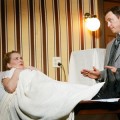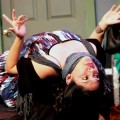The “art” from which Art takes its name is less a painting than a blank canvas. And while the stark white work sits figuratively and literally at the center of Yasmina Reza’s 1994 play, the production isn’t really so much about the piece, as it is about the way three friends respond to it and to each other over the course of of the play.
Art, which kicks of City Lights Theater Company’s 2014-15 season, focuses on the relationships of a trio of friends—Serge, Marc and Yvan. After Serge brings home a very pricy all-white painting, the friendship is tested, as the work becomes a mirror through which each of the three characters examine themselves.
“I think this play is rather about the art of friendship than the art of appreciating art,” says Virginia Drake, director of the City Lights production. The artwork in Art serves as a catalyst—pushing the three men to reevaluate their relationships with one another. “This piece of art kicks the discussion of that friendship in gear.”
Drake says the play bounces from “wildly funny” to revealing something “very scary in terms of relationships.” In a world of polarities, Art asks whether true respect and friendship can survive clashing opinions.
Art was especially a pleasure for Drake to direct because of how the characters could “absorb the personality of the actors” just as much as the other way around. The writing “generates a particular set of textures, colors and personality that many plays don’t allow,” she says. “It’s the dialogue; it’s so funny. It heightens the energy and people go nutty.”
Art has a remarkably simple setup: three characters, a piece of art in the center of each person’s apartment, and a lot of back-and-forth banter intertwined with short monologues. It’s what Drake calls a “stark piece” that isn’t about the extraneous—“it’s all about them and that tightens and intensifies it.” Drake abandoned the traditional spotlighted monologue scenes and chose to instead have the characters stay in the setting of the room they are in and break out to address the audience.
The cast has a raucous personality, prone to riffing on their own play and presenting whimsical “what if” scenarios. Drake last week even likened one rehearsal to “directing third graders”—which she meant as a compliment. It’s a fitting ensemble for a play that’s just as comedic as it is philosophical.
The director has encountered works of art similar the one in the play. Drake notes that these abstract (or to some—absurd) pieces elicit an incredible spectrum of reaction. For Drake, exploring art is about wondering what other see. “It’s wanting to have that person’s eyes to try to find out what that person is liking,” she says. “I want to know.”
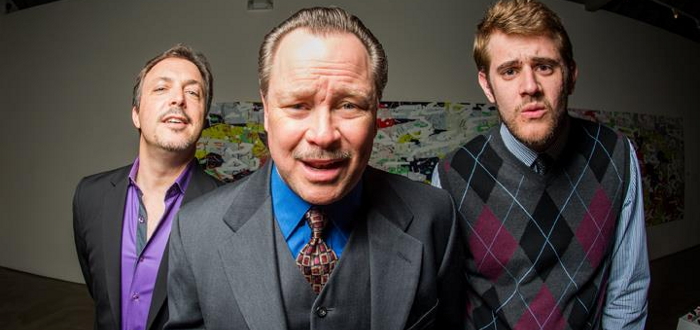
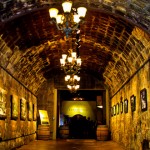 Testarossa Winery Pairs Up with Gourmet Chefs for Food and Wine Event
Testarossa Winery Pairs Up with Gourmet Chefs for Food and Wine Event 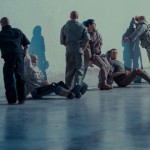 San Jose Public Library Introduces Veteran Arts Program
San Jose Public Library Introduces Veteran Arts Program 